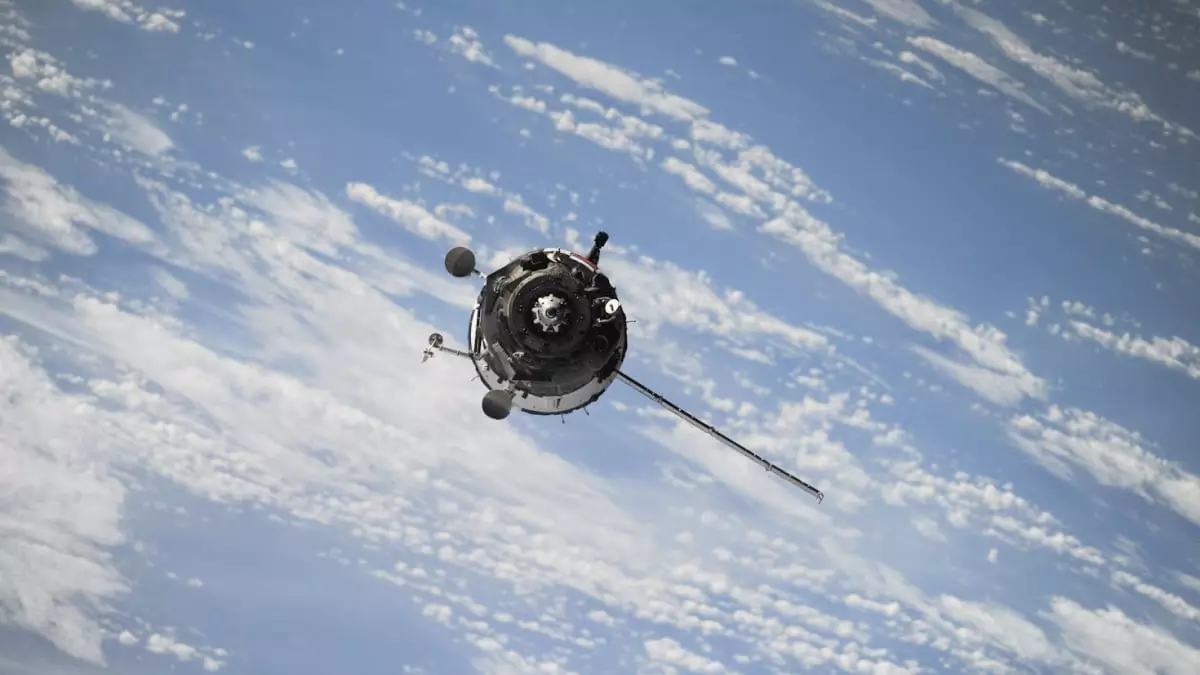Recent revelations from the James Webb Space Telescope (JWST) have significantly challenged the prevailing assumptions about asteroid 16 Psyche. Traditionally considered a remnant of a protoplanet’s core, Psyche’s classification is now under scrutiny following JWST’s detection of hydroxyl and possibly water on its surface. This unexpected finding raises pivotal questions about the asteroid’s true composition and its implications for our understanding of the early solar system. As we await NASA’s Psyche mission, scheduled to reach the asteroid in 2029, the astronomical community is on the brink of potentially groundbreaking discoveries.
The identification of hydrated minerals marks a critical turning point in our comprehension of 16 Psyche’s origins. Previously, scientists relied on the assumption that this metallic asteroid was a remnant of an ancient planetary core, offering valuable insights into the processes of planetary formation. However, the presence of water and hydroxyl suggests a more complex narrative. These minerals could signify contamination from external impacts, particularly from other asteroids that harbored water. Alternatively, if these hydrated minerals are indeed native to Psyche itself, it would directly contest established notions surrounding its genesis and evolution.
The implications of hydrated minerals extend well beyond mere composition. If these materials originated from the so-called “snow line,” the region in the early solar system rich with water ice, Psyche’s trajectory may reveal a history of migration from the outer solar system rather than simple formation from core remnants. This perspective suggests that Psyche’s long journey could have sculpted its current state, challenging simplified models of planetary evolution that fail to account for such complexities.
Furthermore, the uneven distribution of hydration across Psyche’s surface could imply that impacts played a significant role in shaping the asteroid’s characteristics. This idea promotes a paradigm shift, suggesting that external processes could be equally as pivotal in cosmic development as internal evolutionary mechanisms.
A Mission of Discovery
Anticipation builds for NASA’s Psyche mission, which aspires to delve into these newly uncovered mysteries. Scheduled to arrive in 2029, the spacecraft aims to conduct a comprehensive analysis of Psyche’s surface and composition. By studying the asteroid in depth, scientists hope to unravel the complexities of its formation and establish a clearer narrative about its history in relation to other celestial bodies.
As we prepare for this mission, the findings from the JWST have already revitalized discussions surrounding 16 Psyche and its broader significance in planetary science. The outcomes of the Psyche mission may redefine our understanding of metallic asteroids, potentially reshaping the foundation of how we perceive planetary evolution within our solar system. With the landscape of cosmic knowledge constantly shifting, the future holds the promise of unveiling profound insights into our celestial neighborhood.


Leave a Reply